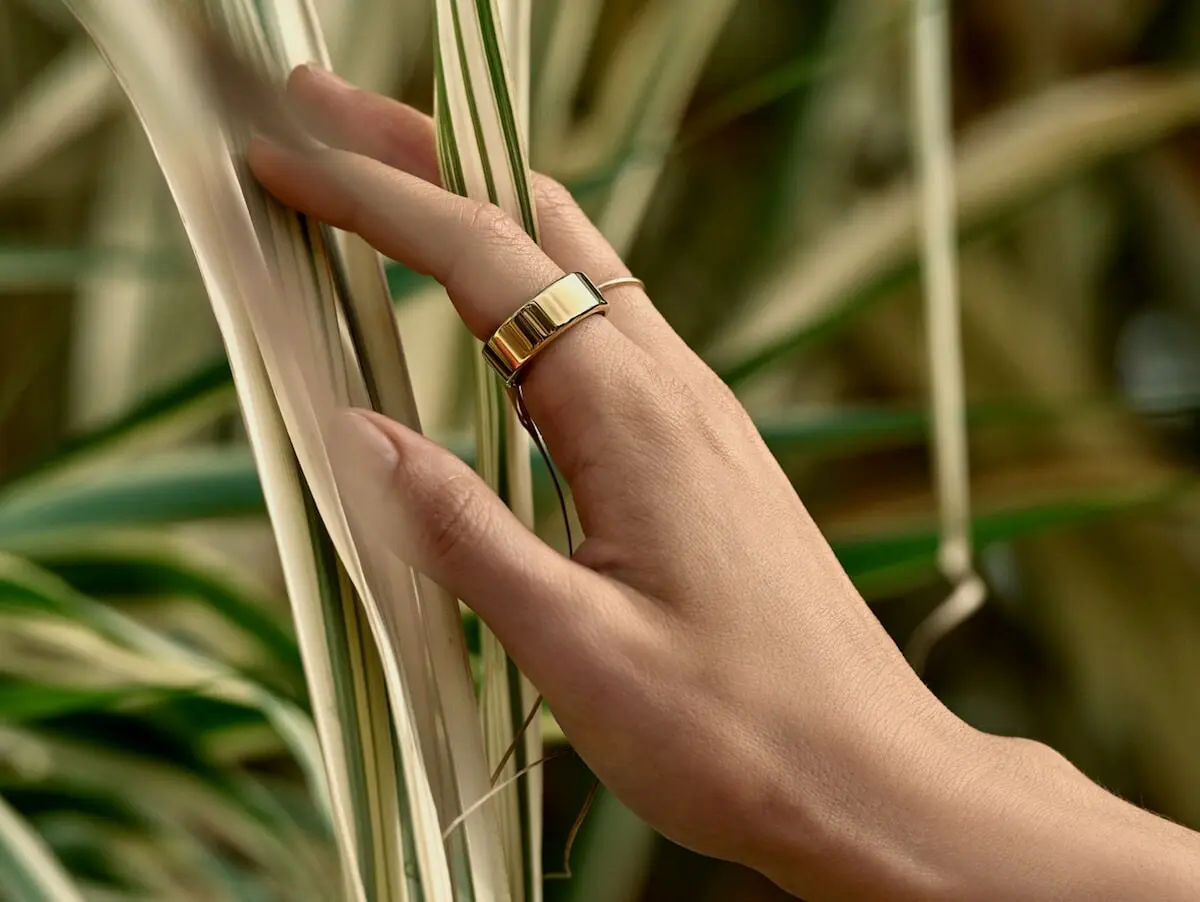Are you contemplating purchasing an Oura Ring? Selecting the right finger to wear this innovative smart ring is more than just about comfort; it’s about accuracy and efficiency. In this article, we look at the important things you should think about, supported by scientific research, to assist you in making a well-informed decision.

Accuracy of Measurement: Insights from Recent Research
The primary concern for any Oura Ring user is the accuracy of the health metrics it provides. A study titled ‘Comparison of SpO2 values from different fingers of the hands’ sheds light on this. While the study focuses on SpO2 blood oxygen levels, its findings about finger sensitivity are invaluable. It highlights the right middle finger and thumb as statistically significant for accurate readings.
For Oura users, this suggests considering these fingers for potentially more reliable data. However, while the right middle finger and thumb may offer slightly more accurate readings based on this study, the differences might not be substantial enough to discount the use of other fingers, especially when considering factors like comfort and convenience.
What Does Oura Official Say
The official stance from Oura emphasizes the importance of proper fit for accuracy. They advise that the ring should be worn on a finger where it fits snugly without being too tight. Ideally, the index finger provides the best balance of comfort and consistent sensor contact.
However, Oura also acknowledges that the middle or ring fingers are suitable alternatives, especially if they offer a better fit.
They caution against wearing the ring on fingers with large knuckles, as a loose fit can lead to inaccurate readings due to inconsistent sensor contact. This guidance underscores Oura’s commitment to ensuring users get the most reliable data from their devices.
Comfort and Daily Convenience
Comfort is key in ensuring consistent use. The ring should feel natural on your finger, not hindering daily activities like typing or washing hands. Reflect on your daily routines and how the ring’s presence might impact these actions.
Dominant Hand Versus Non-Dominant Hand
The choice between your dominant and non-dominant hand can affect both comfort and data accuracy. While the dominant hand might offer more movement data, the non-dominant hand might be less prone to regular impacts and potential damage.
Ring Size and Finger Size Fluctuations
Finger size can vary due to factors like temperature or physical activity. Choosing a finger that provides a snug yet comfortable fit, accounting for these fluctuations, is crucial. Remember, a too-tight ring can skew data, while a loose one risks inaccurate readings or loss.
Aesthetic and Personal Style
While not impacting functionality, the aesthetic aspect of wearing the Oura Ring is worth considering. Think about how the ring aligns with your personal style and how comfortable you are with its visibility.
Conclusion
Selecting the right finger for your Oura Ring is a blend of scientific insight and personal preference. The right middle finger or thumb, as suggested by the SpO2 study, might offer more accurate readings, but comfort, convenience, and personal style play equally important roles. As you edge closer to making this health-focused investment, weigh these factors carefully.
Are you ready to make a choice that aligns with your lifestyle and health goals?

